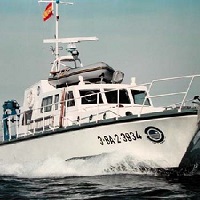Creation year
2017
228 record(s)
Type of resources
Categories
Topics
INSPIRE themes
Keywords
Contact for the resource
Provided by
Years
Formats
Status
-
Weekly cruise to monitorize physical and chemical variables in Rias Baixas (Galicia)
-

Weekly cruise to monitorize physical and chemical variables in Rías Altas (Galicia)
-

Weekly cruise to monitorize physical and chemical variables in Rias Baixas (Galicia)
-

Weekly cruise to monitorize physical and chemical variables in Rias Baixas (Galicia)
-
Weekly cruise to monitorize physical and chemical variables in Rías Altas (Galicia)
-

Weekly cruise to monitorize physical and chemical variables in Rias Baixas (Galicia)
-
Weekly cruise to monitorize physical and chemical variables in Rias Baixas (Galicia)
-
Weekly cruise to monitorize physical and chemical variables in Rias Baixas (Galicia)
-

Weekly cruise to monitorize physical and chemical variables in Rías Altas (Galicia)
-
Weekly cruise to monitorize physical and chemical variables in Rias Baixas (Galicia)
 Catálogo de datos del IEO
Catálogo de datos del IEO